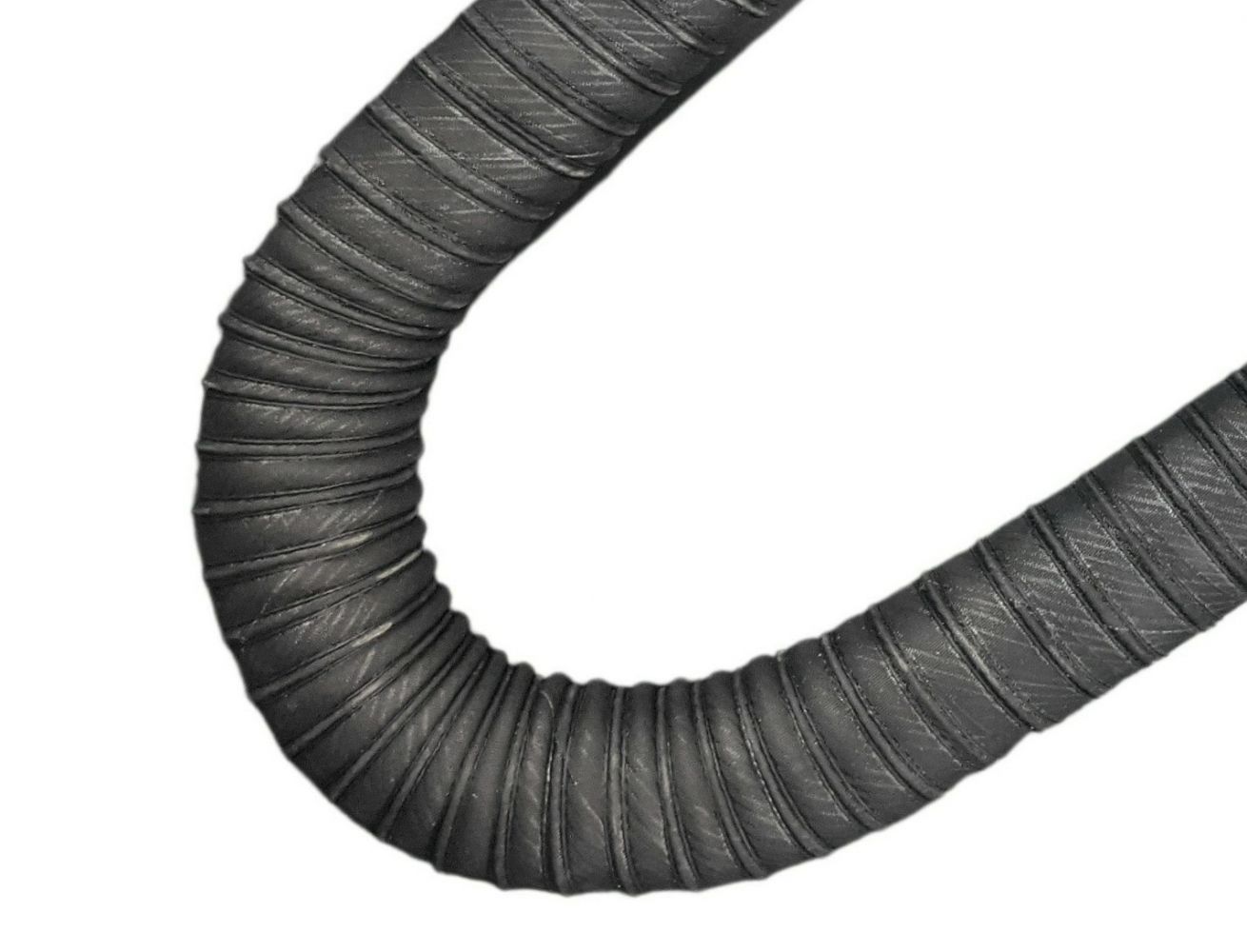These hoses are made with a fuel resistant Nitrile Rubber lining and are perfect for using as a Fuel Filler Hose. These hoses are not Suitable for high octane fuels.
Featuring an inner Nitrile liner, and wire spiral inside the wall of the hose allows this hose to be flexible enough to bend into angles.
Simply push-fit onto your pipe and tighten with T bolt Clamps which are also available on our website
Lengths Available:
500mm
1000mm
4000mm
Looking for a different size? Check out our full range of flexible nitrile fuel filler hose here.
Small Diameters are particularly good at bending with tight bends possible.
Please see the video for demonstration on how flexible the hoses are as the length and diameter affects how bendy the hose is.
| Technical Specification | |
|---|---|
| Overall Length - L | 500mm |
| Internal Diameter - ID1 | 57mm |
| Wall Thickness | |
We deliver worldwide via: DHL, FedEx, and Royal Mail.
Express, Next Working Day and Economy delivery options available at the Checkout.
We can guarantee same day dispatch on all orders placed and paid for before midday (12:00PM GMT)




